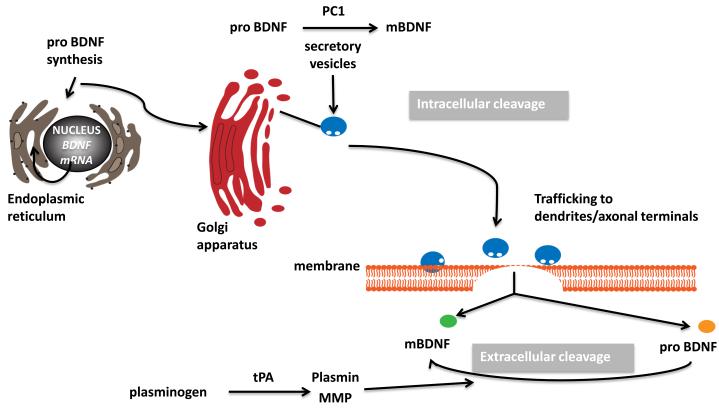Figure 1. Mechanisms for the production and release of BDNF.
BDNF mRNA is translated into proBDNF protein in the endoplasmic reticulum. ProBDNF is transported into the Golgi and processed to the mature form of BDNF (mBDNF) by extracellular protein convertase 1 (PC1) within the vesicles. The secretory granules are trafficked to the sites of release in the axonal or dendritic terminals. Neurons secrete both proBDNF and mBDNF in an activity-dependent manner. The tissue-type plasminogen activator (tPA) form mBDNF by activating a plasminogen, which then cleaves the precursor molecule. Alternatively, extracellular metalloproteinases process proBDNF to generate mBDNF.

